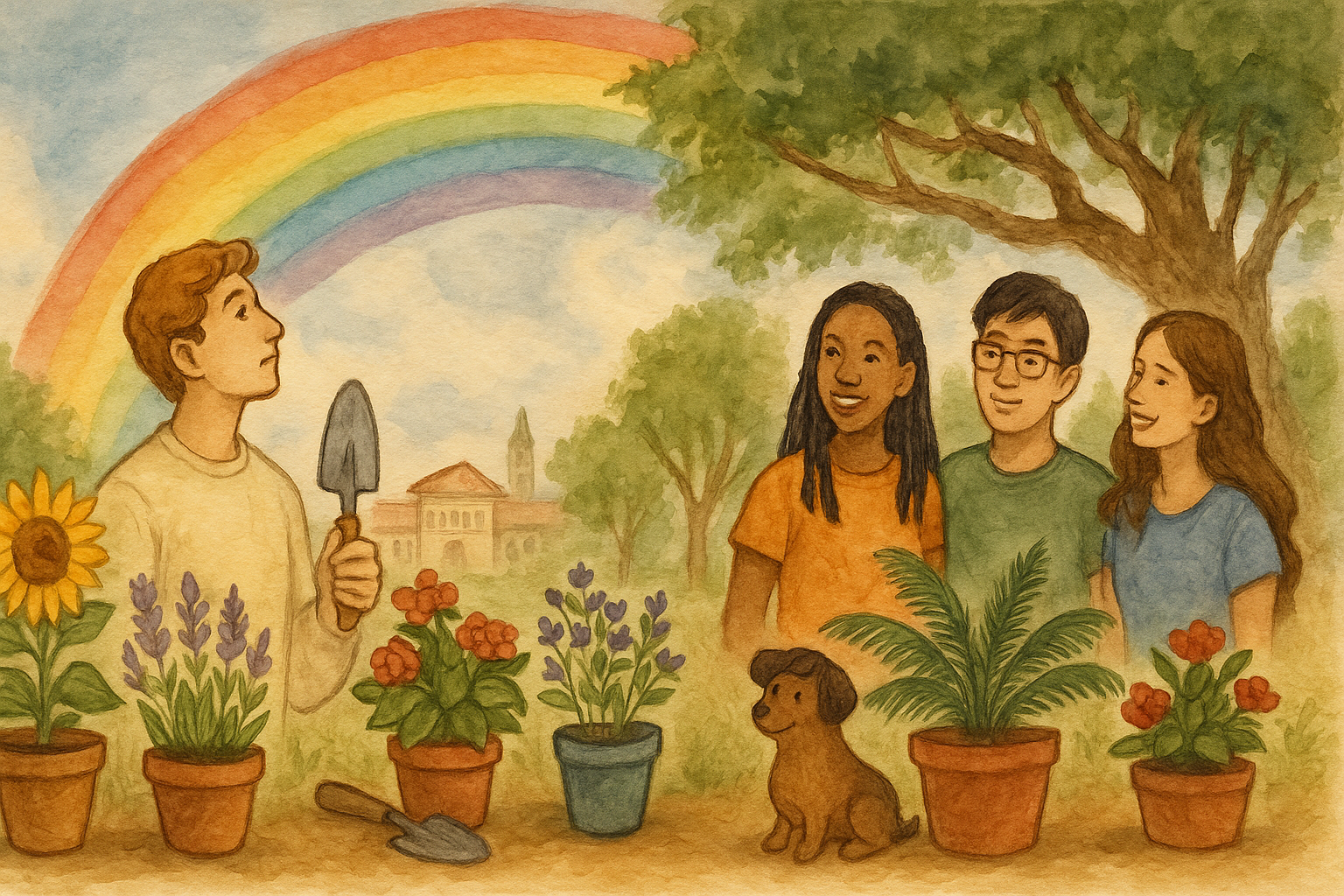
How to Write a College Diversity Essay (Even If You’re Not "Diverse")
Writing a diversity essay when you don’t think you’re "diverse" can feel like trying to join a dance circle without knowing the moves. But here’s the deal—you don’t need to have a dramatic life story or a culturally unique background to nail this essay. Colleges ask these questions (yes, a lot of colleges) because they want to know how you engage with difference and what kind of energy you’ll bring to campus.
The goal isn’t to prove you’re diverse; it’s to show how you embrace diversity in others and build meaningful connections. And that’s something everyone can do.
1. Focus on Your Character, Not Proximity to Diversity
This essay isn’t about how many different people you’ve met or how many multicultural food festivals you’ve attended. It’s about how you interact with the world. Are you a good listener? Do you look past surface-level differences? Can you create space for others to feel seen and heard? That’s what admissions officers are looking for.
One student, for example, wrote about growing up in a house full of rescue dogs, including a wolf named Bozkurt. By learning to live harmoniously with a creature that defied all expectations of “domestication,” they gained a deeper appreciation for individuality and the wild, untamable spirit in everyone. This wasn’t about the wolf—it was about how they learned to respect and adapt to difference.
2. Share Specific Upbringing or Experiences
What’s your story? Think about moments in your life that challenged your perspective or taught you how to connect with people. Maybe it’s something from your family dynamic, a friendship, or even a quirky hobby that brought you into contact with a different way of thinking.
For instance, a student once wrote about how their father’s work in another city meant he wasn’t always available in person. They described how this taught them to adapt, communicate creatively, and step up for their siblings and friends. It wasn’t just a story about distance—it was a powerful example of growth and character.
3. Ditch the Buzzwords
Please, for the love of good essays, avoid cramming in words like “inclusive” or “open-minded” without showing what they actually mean in your life. Admissions officers can sniff out fluff from a mile away. Instead, focus on authenticity. Who are you? What moments have defined your perspective?
One standout essay came from a student who grew up as the child of a political operative. They vividly described learning the art of listening—from decoding heated phone calls in the backseat to organizing aid for people in crisis. By telling their story with honesty and detail, they revealed their empathy and communication skills without ever dropping a buzzword.
4. Highlight How You Engage with Difference
Instead of worrying about labels, dig into your approach. How do you handle disagreements? How do you bridge gaps between people with different viewpoints? Have you ever been the one to step up and create understanding?
Maybe you’ve worked on group projects with strong personalities, volunteered with people outside your comfort zone, or just been the friend who’s always there to mediate conflicts. These experiences show your adaptability and your ability to connect—exactly what colleges want.
5. Show, Don’t Tell
Don’t just say you’re accepting or empathetic—prove it. Use vivid storytelling to paint a picture. Admissions officers want to see who you are in action.
For example, a student once wrote about organizing an aid initiative that raised $25,000 for Ukraine. They didn’t brag about the money; they focused on how they connected with people, found common ground, and built relationships to make it happen. That’s the kind of realness that resonates.
Final Thoughts
The diversity essay isn’t about checking boxes or proving you’re special. It’s about sharing how you approach people, difference, and connection. Be real, be specific, and focus on your character. If you can do that, you’ll write an essay that stands out for all the right reasons.
Remember: the goal isn’t to prove you’re diverse; it’s to show how you embrace diversity in others and build meaningful connections. And that’s something everyone can do...however, we're here to help you.

Post a comment